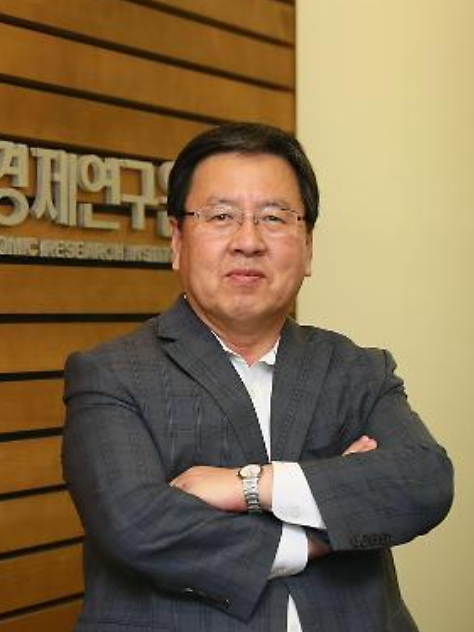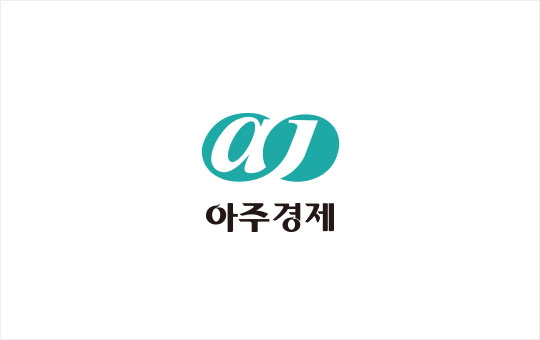 Oh Jung-geun, head of Free Market Research Institute
Oh Jung-geun, head of Free Market Research Institute
SEOUL, October 29 (AJP) - When Lee Eok-won, South Korea’s new chairman of the Financial Services Commission, unveiled his vision for “financial transformation” on Sept. 15, his message was both ambitious and urgent. Lee called for “productive finance,” “consumer-centered finance,” and “trust finance” — a sweeping reform agenda meant to propel the country’s economic future.
At the heart of his proposal is a shift away from the collateral-based lending system that has long defined South Korea’s banking industry — one that has fueled property speculation and household debt — and a redirection of capital toward “productive sectors” such as innovation and industry. It is a bold vision, echoing the Lee Jae Myung administration’s push to rewire the economy for sustainable growth.
But the reality is far more complicated.
Redirecting capital into riskier, growth-oriented ventures while maintaining financial stability is no easy task. Banks, by design, are cautious intermediaries. They rely on collateral precisely because it protects them — and the broader system — from shocks. Asking them to become risk-takers overnight is asking them to act against their very DNA.
That task is made harder by the need for skilled personnel and sophisticated risk assessment tools. “Productive finance” sounds promising, but on the ground, it demands an institutional overhaul that cannot be achieved quickly.
History offers cautionary tales. The collapse of a Silicon Valley bank in 2023 revealed what happens when financial institutions overextend into venture lending without proper safeguards. More recently, several U.S. regional banks — including Zions Bancorporation and Western Alliance Bancorp — have reported substantial loan losses, while JPMorgan Chase suffered a $178 million hit from the bankruptcy of a car lender.
Each case underscores a central truth: risk-taking must be matched by equally robust risk management.
In South Korea, the banking sector remains sturdy but not without strain. During the first half of this year, banks’ operating profits rose a modest 1.1 percent to 18 trillion won, even as interest income — still their main source of profit — slipped slightly to 29.7 trillion won. The sector’s dependence on net interest margins leaves it vulnerable to shifts in global rates and domestic demand.
With the U.S. Federal Reserve moving toward rate cuts and South Korea’s economy losing momentum, that vulnerability could deepen. Higher deposit insurance limits are likely to drive savers toward higher-yield accounts, pushing up banks’ funding costs just as lending margins narrow. Meanwhile, tighter restrictions on household loans and subdued corporate borrowing point to weaker interest income ahead.
Adding to the pressure are regulatory and political headwinds. The Fair Trade Commission is investigating major banks for alleged collusion on loan-to-value ratios, a probe that could result in fines exceeding 1 trillion won. Penalties for mis-selling complex equity-linked securities may follow. And the government’s plan to double the education tax on profits above 1 trillion won could further dent earnings — an estimated 600 billion won hit to the country’s top financial groups, according to Sang Sang Securities.
Despite robust profits, South Korea’s banks remain relatively uncompetitive globally. KB Bank’s return on equity stood at 8.86 percent at the end of 2024, less than half of JPMorgan’s 18 percent. The gap reflects not only differences in scale, but also the heavy weight of regulation and the limited risk appetite of South Korean institutions.
The Lee Jae Myung administration’s “People’s Growth Fund,” which will draw half of its 150 trillion won from the private sector, and its “bad bank” initiative to clean up long-term delinquent loans, both depend heavily on bank contributions. President Lee has urged lenders to abandon “pawnshop-style” practices and embrace productive finance — but these mandates, however well-intentioned, could further squeeze margins and discourage innovation.
Korea’s banking industry has long been both a pillar and a bottleneck of its economy: solid, conservative, and reluctant to change.
For Lee Eok-won’s “financial transformation” to succeed, it must balance ambition with realism. Policymakers should remember that reform cannot be achieved simply by urging banks to take more risks — especially when those same banks face mounting costs, political scrutiny, and slowing growth.
The lessons of 1997, when excessive risk-taking led to financial collapse, still loom large. South Korea’s challenge today is to find a middle path: one that rewards productive finance without repeating the mistakes of the past.
About the Author
The author holds a Ph.D. in Economics from the University of Manchester and previously served as Director of Monetary Research at the Bank of Korea, Vice President of the Financial Economics Research Institute, and President of the Korea International Finance Society. He is currently a professor at Korea University and Konkuk University, head of the Free Market Research Institute, and chairman of the Seoul Regional Development Committee.
* This article, published by Aju Business Daily, was translated by AI and edited by AJP.
Copyright ⓒ Aju Press All rights reserved.


